Vietnam’s northern mountains hide villages that exist above the cloud line for much of the year, where ethnic minority communities maintain traditional ways of life in landscapes that seem more mythical than real. These remote settlements perch on ridges and valleys where morning mist creates seas of white that stretch to distant peaks, earning them the poetic description of living ‘in the clouds.’
The isolation that once protected these communities from lowland conflicts now offers visitors glimpses of cultures that have remained largely unchanged for centuries. Each village developed unique adaptations to mountain life, from terraced farming techniques to architecture designed for extreme weather and elevation. Here is a list of 18 Vietnamese mountain villages in the clouds.
Sa Pa
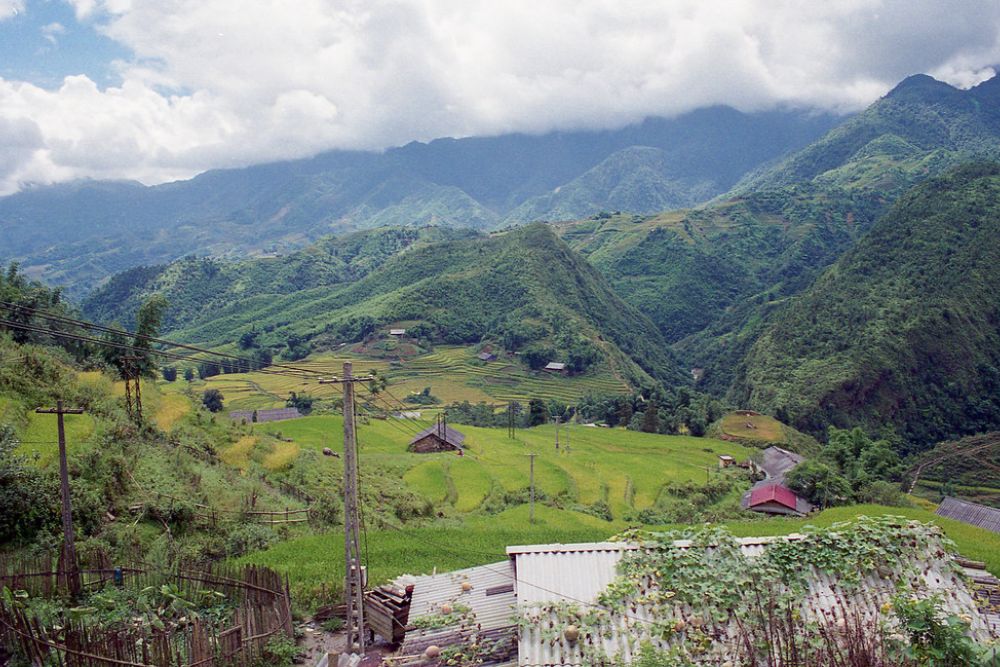
This former French hill station sits at 5,200 feet elevation, where Hmong and Dao ethnic minorities tend rice terraces that cascade down mountainsides like giant green staircases. The town serves as a base for trekking to surrounding villages, though morning clouds often obscure the dramatic landscape until the late morning sun burns through the mist.
Local markets showcase traditional textiles and handicrafts created using techniques passed down through generations. The nearby Fansipan peak rises to 10,312 feet, earning it the title of ‘Roof of Indochina.’
Y Linh Ho
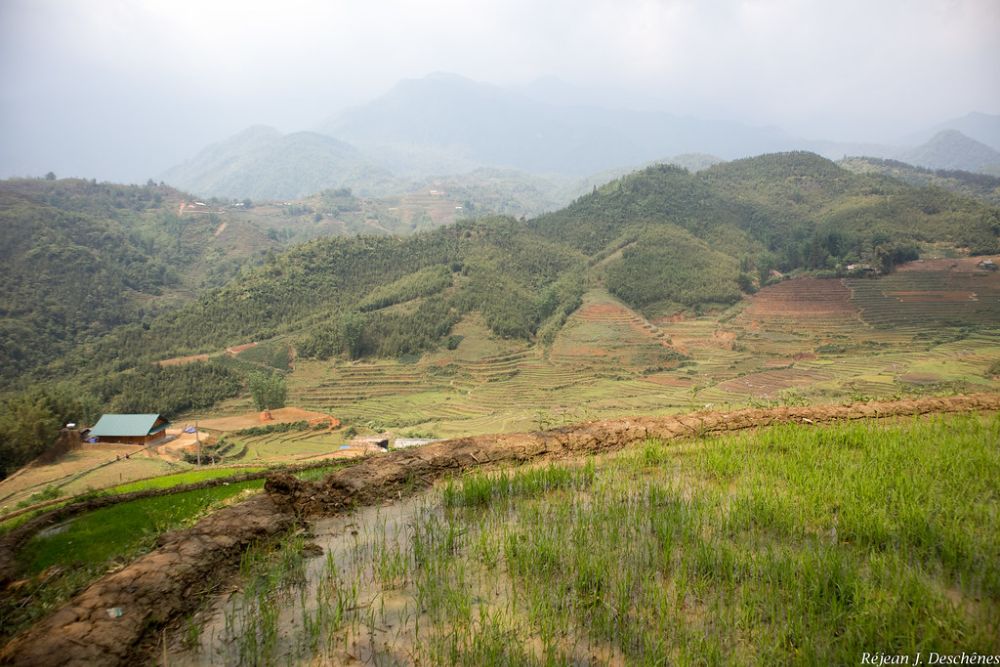
This Hmong village sits in a valley surrounded by rice terraces that flood with morning mist, creating the illusion that houses float on white seas. The village maintains traditional stilt houses built from local timber and bamboo, designed to withstand both monsoon rains and mountain winds.
Residents practice subsistence farming combined with textile production, weaving intricate patterns that identify their specific Hmong subgroup. The village can only be reached by foot, requiring a trek through mountain paths that often disappear into low-hanging clouds.
Like Travel Pug’s content? Follow us on MSN.
Ta Van
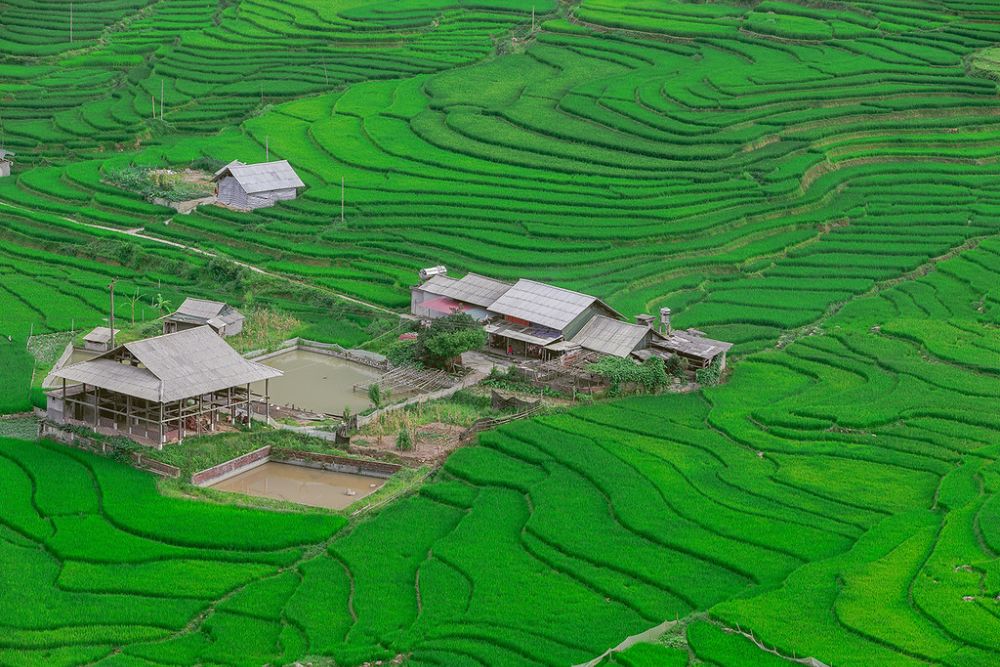
Black Hmong and Giay ethnic groups share this mountain valley where traditional farming methods create terraced landscapes that seem to climb directly into the sky. The village’s elevation means morning temperatures often drop below 50 degrees even during summer months, requiring traditional clothing adapted for both work and warmth.
Local guides from the village lead visitors through highland trails, sharing knowledge of medicinal plants and traditional hunting techniques. The village’s isolation means electricity arrived only in recent years, though many homes still rely on traditional cooking and heating methods.
Giang Ta Chai
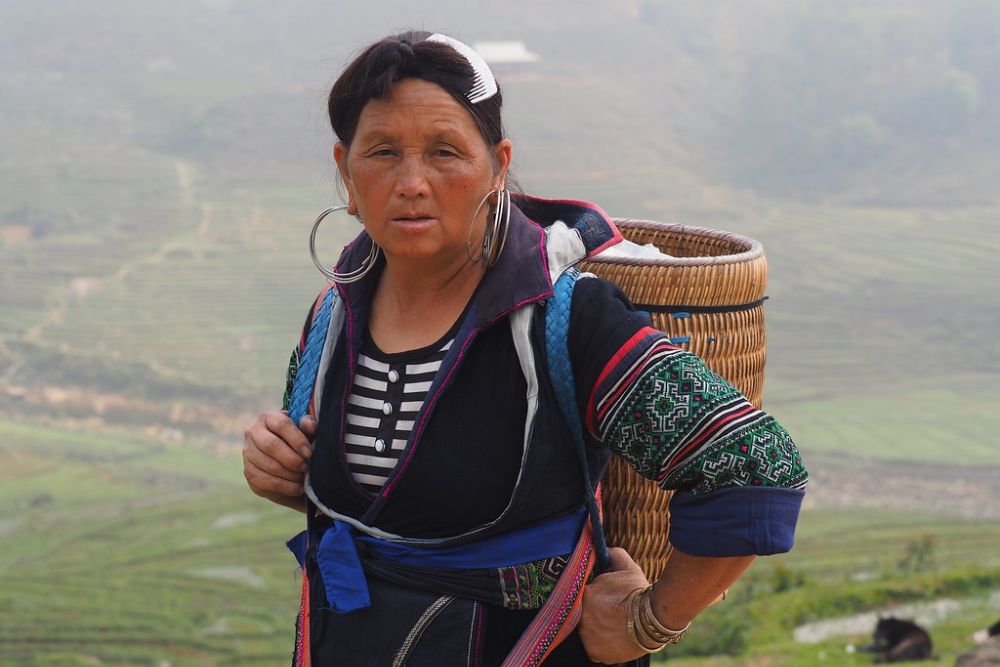
This Red Dao village perches on mountain slopes where traditional medicine practices continue alongside modern life, with village elders maintaining knowledge of highland herbs and healing techniques. The village’s terraced gardens produce both food crops and medicinal plants used in traditional treatments that date back centuries.
Local women wear distinctive red headscarves and silver jewelry that indicate their marital status and family connections. The village offers homestay experiences where visitors can participate in daily activities like rice planting and textile dyeing.
Lao Chai
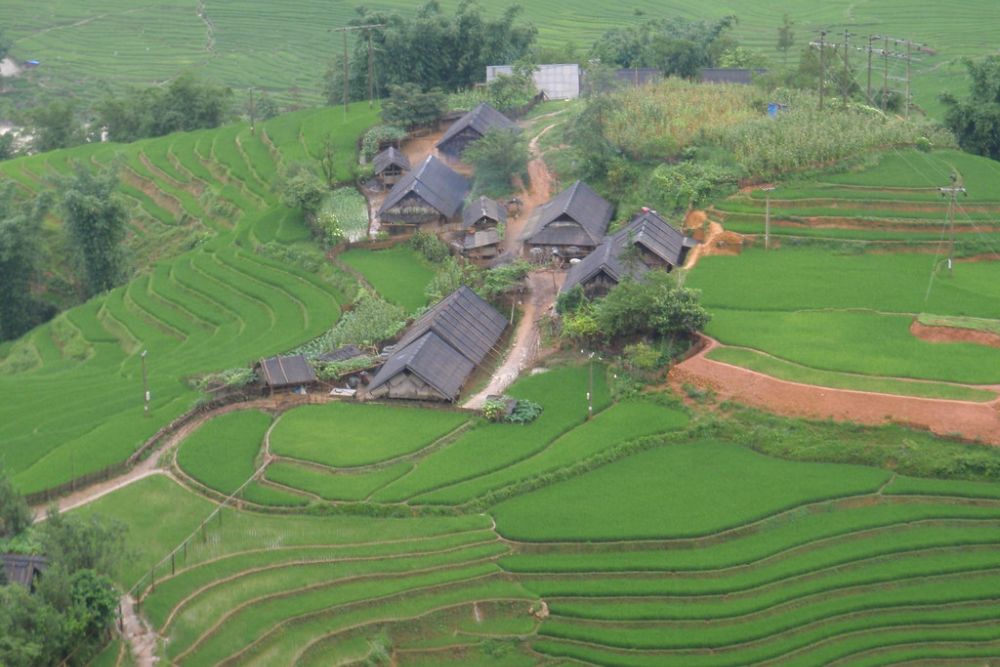
The village’s Hmong residents have adapted traditional architecture to extreme elevation, building homes with steep roofs designed to shed heavy monsoon rains and winter snow. The settlement’s location in a narrow valley means direct sunlight reaches the village only during midday hours, with mountains creating natural shade for most of the day.
Local farmers practice crop rotation techniques that maintain soil fertility without modern fertilizers, growing rice, corn, and vegetables in carefully managed cycles. The village’s spring water system provides clean drinking water channeled directly from mountain sources.
Like Travel Pug’s content? Follow us on MSN.
Taphin
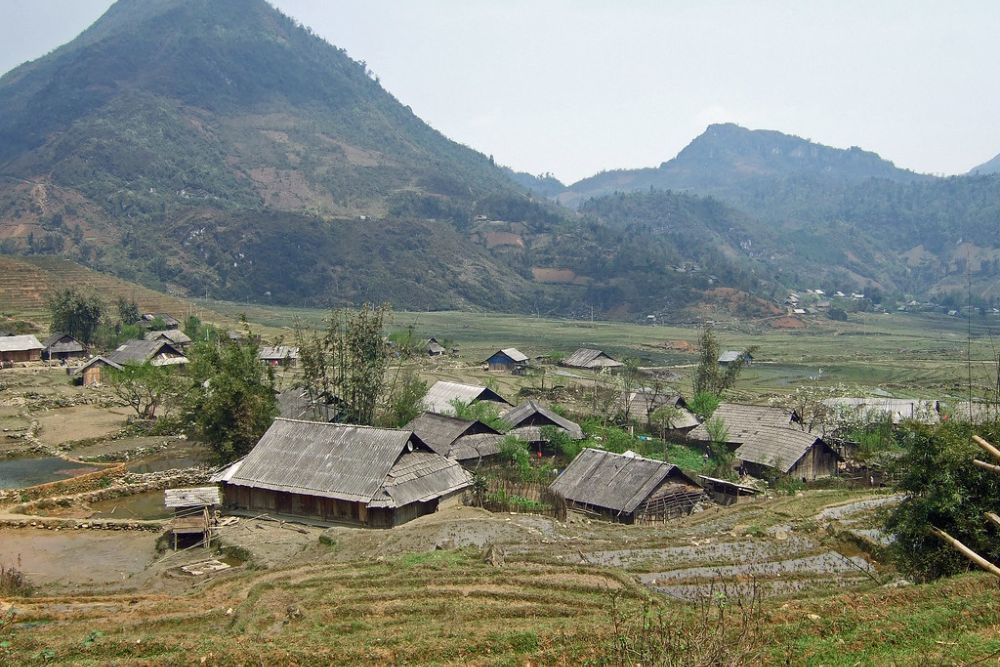
Cave-dwelling Dao communities once lived in natural rock shelters. Traditional cave ceremonies still take place in nearby limestone formations. The village sits at an elevation where winter temperatures can drop below freezing, requiring traditional heating methods and specially designed clothing.
Local crafts include silver jewelry and traditional medicines, with village elders teaching younger generations techniques for working with metals and herbs. The village’s location requires visitors to cross suspension bridges and mountain streams that swell during the rainy season.
Cat Cat

This Hmong village maintains a traditional waterwheel system that powers rice mills and textile looms, demonstrating engineering techniques developed over centuries of mountain living. The village’s location on terraced hillsides means houses are built at different elevations, connected by stone paths that wind through family gardens and small orchards.
Residents continue traditional indigo dyeing techniques, creating the dark blue textiles characteristic of Hmong culture. The village offers demonstrations of traditional crafts, allowing visitors to try their hand at weaving and metalworking.
Bac Ha
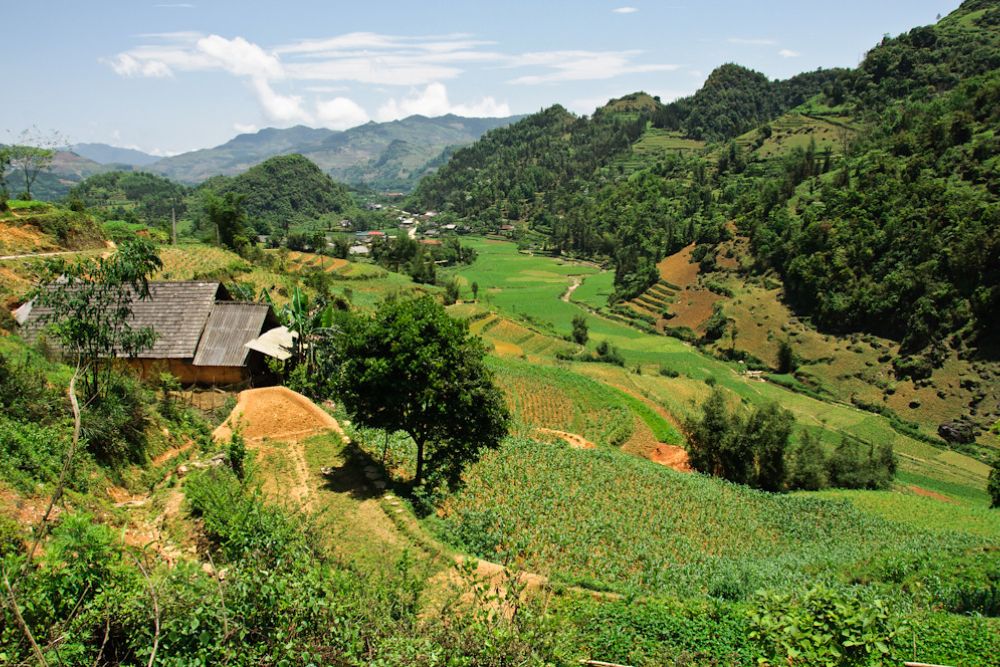
Sunday markets in this high-altitude town bring together ethnic minorities from the surrounding mountains, creating weekly gatherings that have continued for generations. The town’s elevation and mountain location mean morning markets often begin in the fog that gradually lifts to reveal colorful displays of traditional clothing and local produce.
Highland horses raised by Hmong families are bought and sold at the market, continuing traditions that predate modern transportation. The town serves as a gateway to even more remote villages accessible only by motorbike or foot.
Like Travel Pug’s content? Follow us on MSN.
Hoang Su Phi
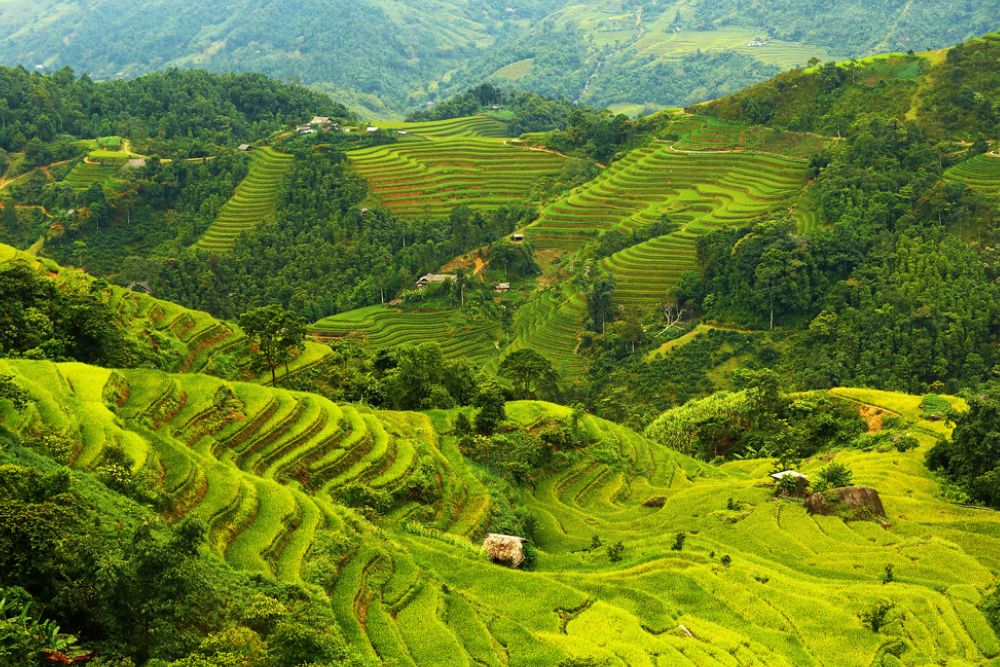
This district contains dozens of small villages where Hmong, Dao, and Nung communities maintain some of Vietnam’s most spectacular rice terraces. The elevation and terracing create microclimates that allow multiple crop varieties to grow at different altitudes, from subtropical fruits to temperate vegetables.
Villages in the area practice traditional water management, channeling mountain streams through elaborate irrigation systems that feed terraced fields. The remote location means many villages still rely on traditional transportation methods, including horses and foot travel.
Mu Cang Chai
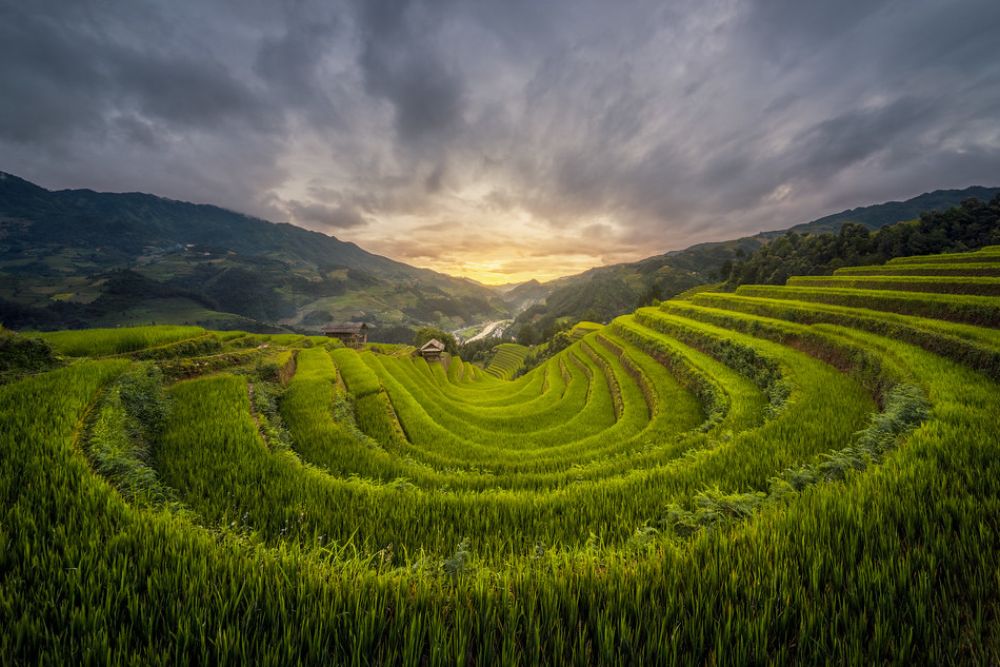
The district’s villages are scattered across mountain valleys where rice terraces create patterns visible from peaks several miles away, earning international recognition for their beauty and cultural significance. Local Hmong communities time their rice planting to coincide with seasonal rains, creating coordinated flooding patterns that reflect sky and clouds in thousands of individual terraces.
The villages maintain traditional festivals tied to agricultural cycles, with celebrations that mark planting, growing, and harvest seasons. The area’s isolation means traditional music and dance continue without outside influence.
Dong Van
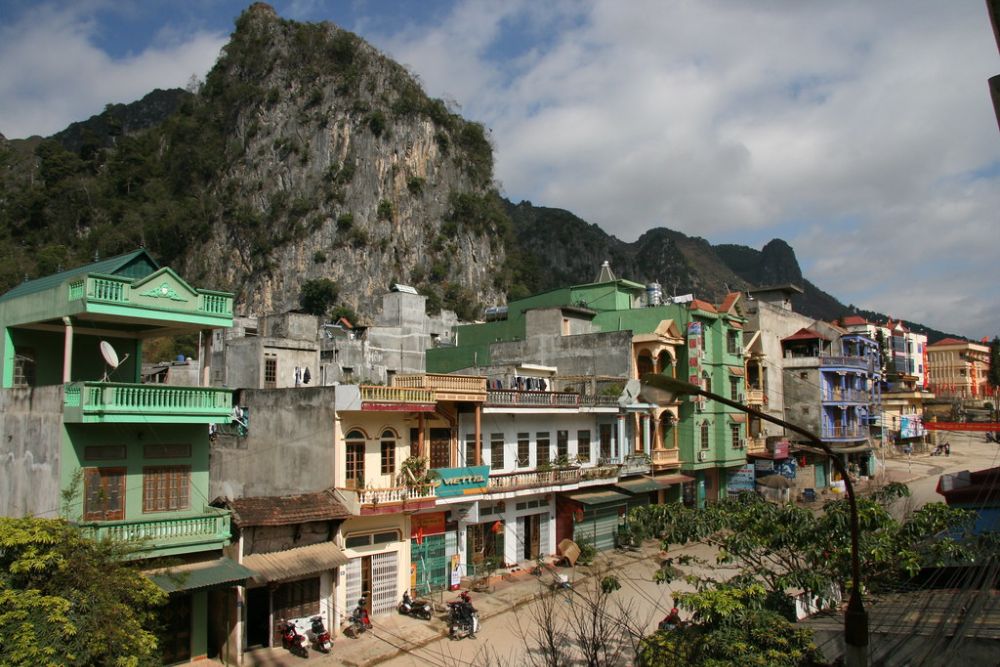
This Hmong village sits on the Ha Giang province plateau at elevations where limestone formations create otherworldly landscapes often shrouded in mist. The village’s traditional houses are built from local stone, designed to withstand both extreme weather and the area’s frequent earthquakes.
Residents practice traditional farming on thin mountain soils, growing crops adapted to rocky conditions and short growing seasons. The village serves as a base for exploring the nearby Dong Van Karst Plateau, a UNESCO Global Geopark.
Like Travel Pug’s content? Follow us on MSN.
Meo Vac
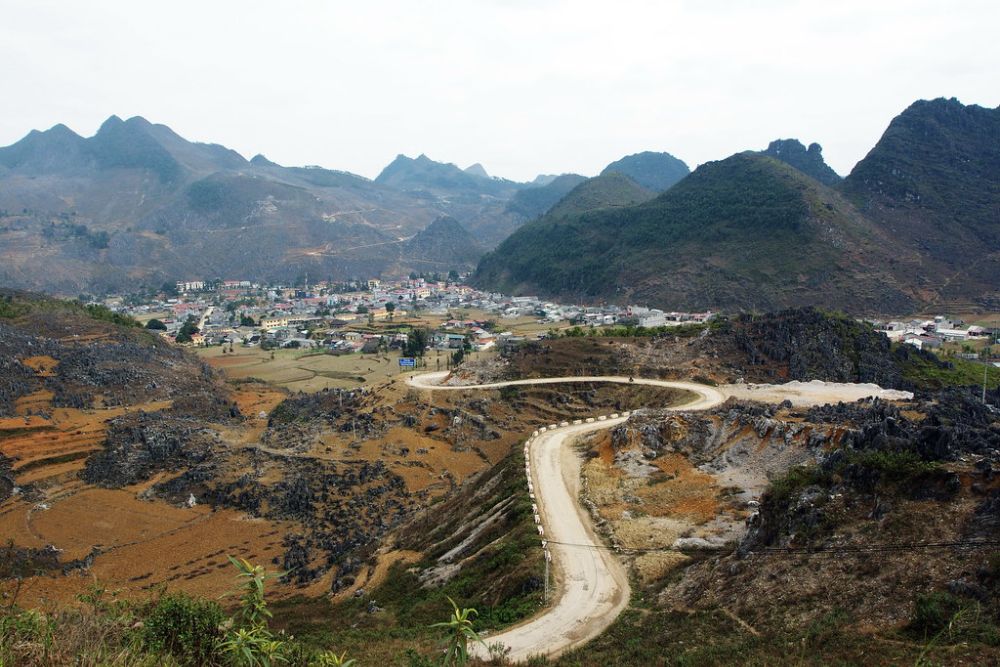
Highland markets in this remote district bring together ethnic minorities who travel for hours along mountain paths to trade traditional goods and socialize with neighboring communities. The town’s elevation means winter months can bring frost and occasional snow, requiring traditional heating methods and specialized mountain clothing.
Local Ma Pi Leng Pass reaches over 6,000 feet in elevation, offering views of the Nho Que River valley that disappears into morning clouds. The area’s geological formations create natural amphitheaters where traditional festivals echo off limestone cliffs.
Than Uyen
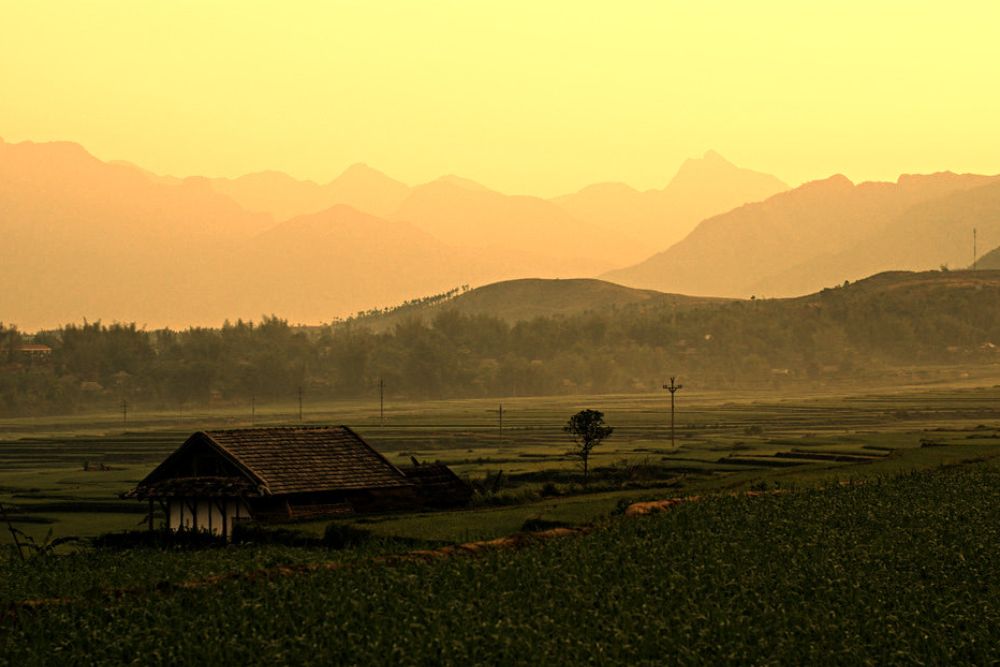
This highland district contains scattered Hmong and Thai villages where traditional stilt houses are built to withstand both flooding during monsoon season and cold temperatures at elevation. The villages practice rotational farming, allowing forest areas to regenerate while maintaining sustainable agricultural practices.
Local communities maintain traditional weaving techniques, creating textiles from hemp and cotton grown in mountain gardens. The area’s remoteness means many villages operate on solar power systems installed only in recent years.
Sinho
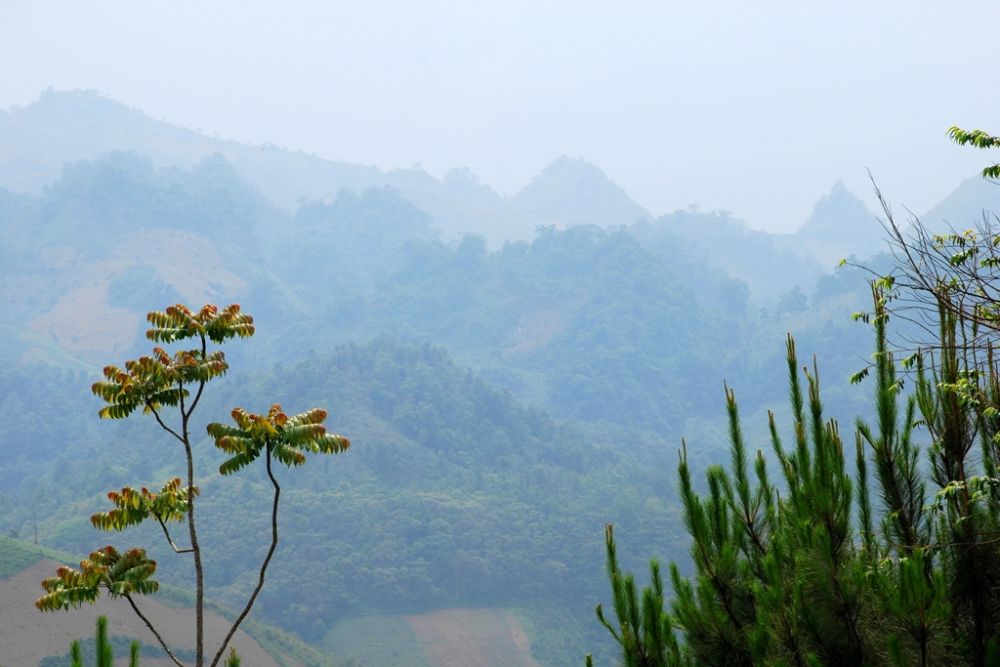
White Hmong communities in this village maintain traditional shamanic practices alongside modern life, with village elders conducting ceremonies in sacred groves that remain protected from development. The village’s location requires crossing mountain streams that become impassable during heavy rains, isolating the community for days or weeks during monsoon season.
The local architecture incorporates traditional feng shui principles adapted for mountain conditions, with houses positioned to channel wind patterns and maximize solar exposure. The village’s traditional calendar follows lunar cycles and agricultural seasons rather than modern timekeeping.
Like Travel Pug’s content? Follow us on MSN.
Lung Cu
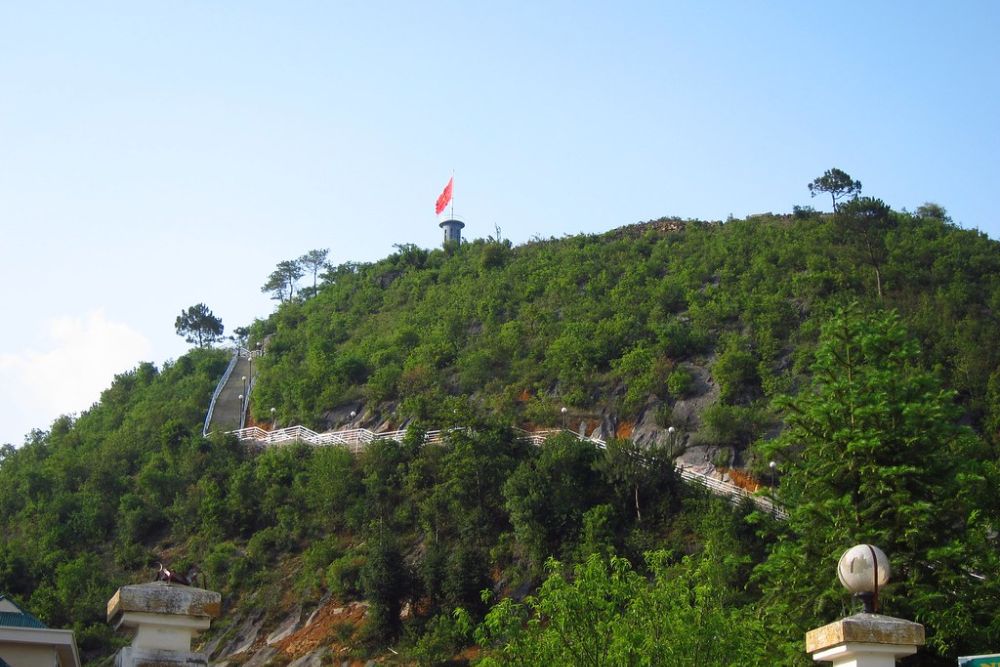
Vietnam’s northernmost village sits at the Chinese border, where morning mist from both countries meets in valleys that serve as natural boundaries between nations. The village’s flagpole marks Vietnam’s northernmost point, though the real attraction lies in traditional Hmong farming techniques adapted to extreme elevation and harsh weather.
Residents practice traditional animal husbandry, raising highland cattle and horses that graze on mountain slopes too steep for farming. The village’s isolation means traditional languages and dialects continue without outside influence.
Ha Giang City
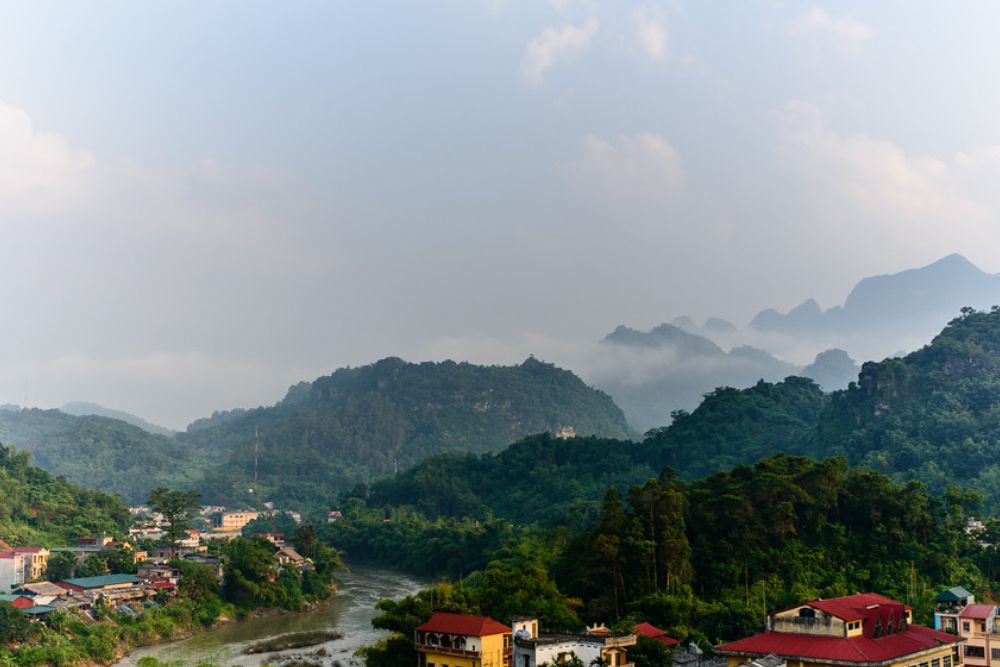
While technically a city, surrounding villages maintain a traditional highland culture within sight of modern development, creating unique juxtapositions of old and new. The area’s elevation means morning clouds often obscure the city center while surrounding villages remain visible on higher slopes.
Local markets combine traditional highland products with modern goods, creating weekly gatherings that serve both economic and social functions. The city serves as a jumping-off point for exploring more remote villages accessible only by motorbike on mountain roads.
Du Gia
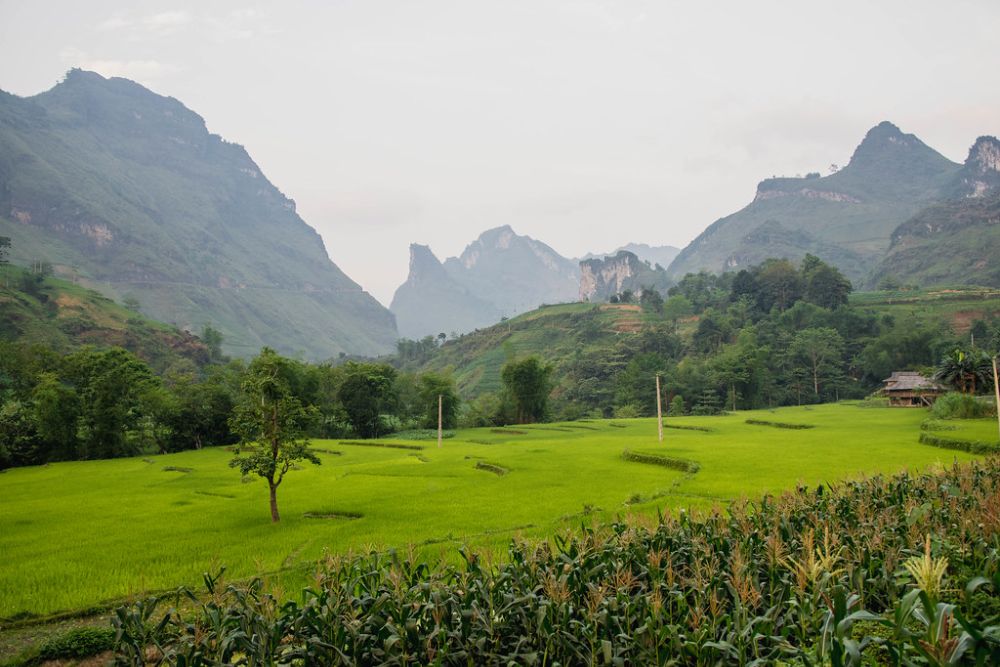
This remote village requires a full day’s travel from the nearest road, with the final approach involving river crossings and mountain paths that become treacherous during bad weather. The village maintains traditional communal farming practices, with families sharing labor and resources according to customs that predate modern land ownership concepts.
Residents practice traditional hunting and gathering alongside farming, using knowledge of highland ecosystems passed down through generations. The village’s isolation means traditional conflict resolution and governance continue without outside interference.
Like Travel Pug’s content? Follow us on MSN.
Quan Ba
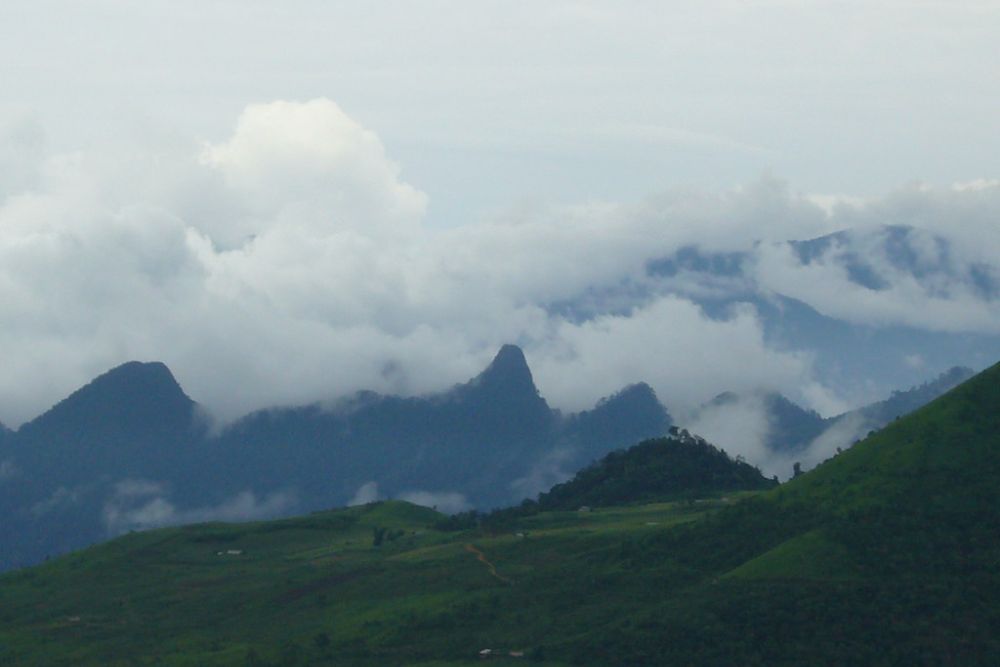
Twin mountains near this village create a natural landmark visible from dozens of miles away, earning local names that translate to ‘fairy bosom mountains’ in English. The area’s Hmong villages practice traditional terraced farming on slopes so steep that machinery cannot be used, requiring all work to be done by hand.
Local communities maintain traditional festivals that celebrate both agricultural cycles and spiritual beliefs tied to mountain landscapes. The village’s location on major trekking routes means traditional hospitality practices continue as economic activities.
Yen Minh

Highland villages in this district maintain traditional architecture adapted to extreme weather, with houses designed to withstand both winter cold and summer storms that sweep across mountain plateaus. The area’s limestone geology creates natural water storage systems that villages use for irrigation and domestic purposes during dry seasons.
Local Hmong communities practice traditional textile production using natural dyes extracted from highland plants and minerals. The district’s remote location means traditional transportation methods, including horses and foot travel, remain common.
Phong Tho
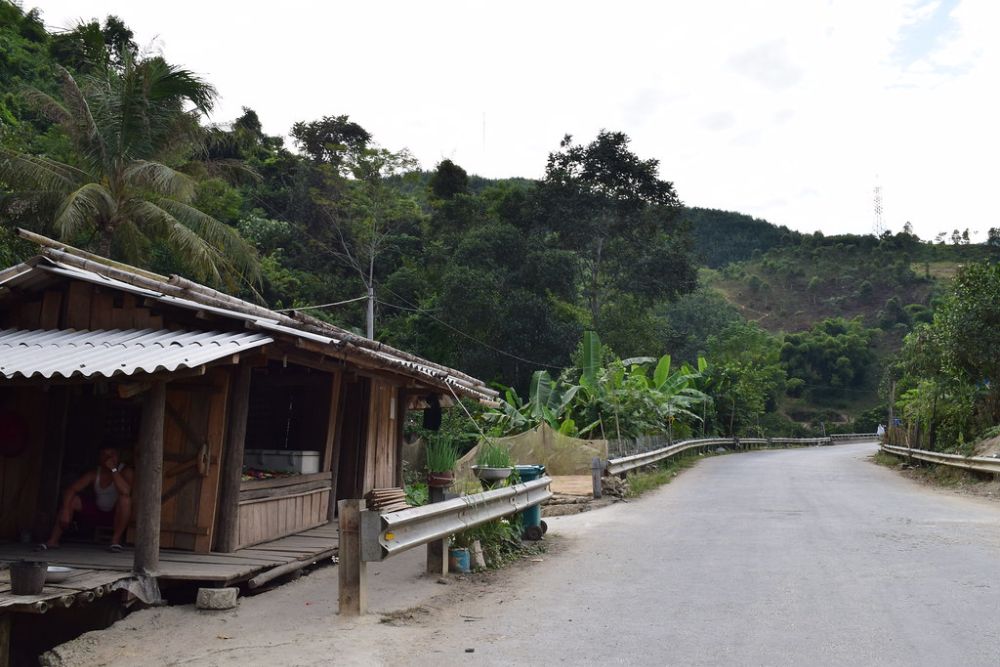
Scattered Thai and Hmong villages in this district practice traditional slash-and-burn agriculture adapted to mountain conditions, allowing forest regeneration while maintaining sustainable farming practices. The area’s elevation creates distinct wet and dry seasons, with villages timing agricultural activities according to traditional calendars rather than modern weather forecasting.
Local communities maintain traditional medicine practices, with village healers using highland plants and spiritual techniques to treat both physical and mental ailments. The district’s isolation means traditional social structures and governance continue alongside modern administration.
Like Travel Pug’s content? Follow us on MSN.
Where Earth Meets Sky
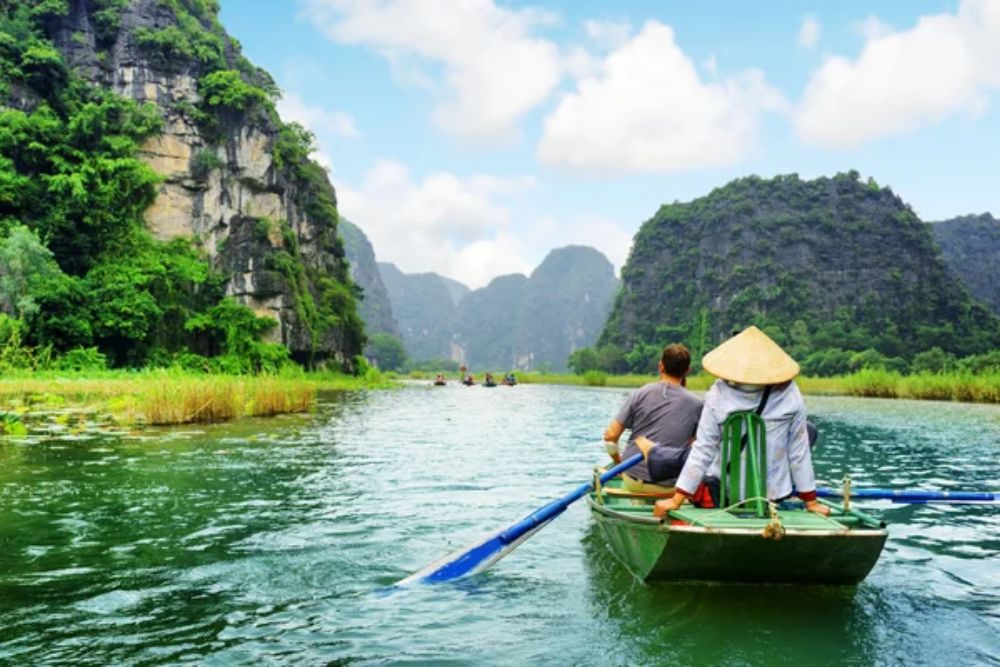
These mountain villages represent Vietnam’s remarkable cultural diversity, where ethnic minorities maintain traditional ways of life in landscapes that challenge both survival and imagination. The clouds that give these communities their poetic description also symbolize their connection between earth and sky, ancient and modern, isolation and accessibility.
Each village has adapted to extreme conditions while preserving cultural traditions that connect residents to centuries of highland heritage. Visitors who make the journey to these remote communities discover that living ‘in the clouds’ means more than elevation—it represents a way of life that flows with natural rhythms in landscapes where the boundary between earth and heaven often disappears into the morning mist.
More from Travel Pug

- 20 Best Beach Towns in the Carolinas
- 13 Destinations Where Tourists Regularly Regret Their Trip
- 20 Things You Actually Get in First Class
- 20 Small Airports With Aviation Museums
- 20 Places in the U.S. That Are Perfect for a Reset Trip
Like Travel Pug’s content? Follow us on MSN.
